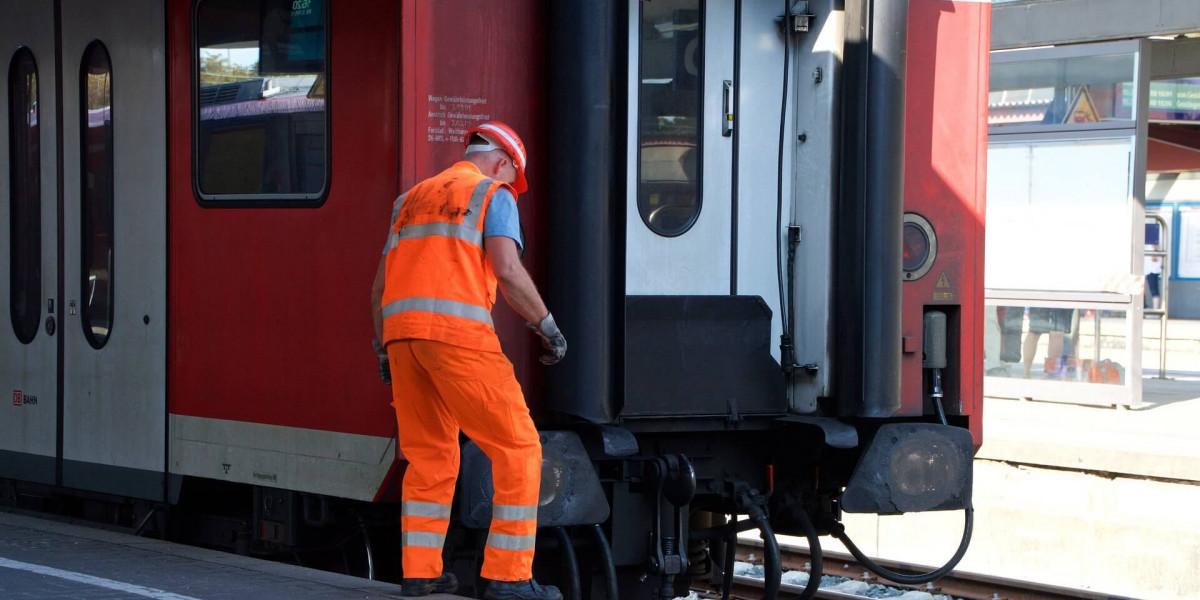The aviation industry is rapidly evolving, and so are the designs of aircraft cabin interiors. As airlines strive to offer passengers more comfort, safety, and enhanced travel experiences, new trends are emerging in aircraft cabin design. These trends are driven by advancements in technology, the growing demand for sustainability, and the desire to improve the overall passenger journey. Below are some of the key emerging trends in aircraft cabin interiors.
1. Biophilic Design for Enhanced Passenger Experience
One of the most noticeable trends in aircraft cabin interiors is the adoption of biophilic design. This design philosophy draws inspiration from nature, creating environments that help passengers feel more at ease during their flight. Airlines are incorporating natural elements such as wood paneling, plant-based materials, and even virtual windows that display images of the outside world.
Biophilic design is not just about aesthetics; it also enhances the sense of well-being for passengers. By introducing elements such as natural lighting, calming colors, and textures reminiscent of nature, airlines aim to reduce stress and improve the overall passenger experience. This trend is expected to grow, particularly in premium cabins, where passengers expect a high level of comfort and tranquility.
2. Sustainability in Cabin Design
Sustainability is one of the key drivers of change in many industries, and aviation is no exception. Airlines and aircraft manufacturers are increasingly focused on creating more environmentally friendly cabin interiors. This includes using sustainable materials for furniture, carpeting, and other cabin components, as well as adopting energy-efficient lighting and systems.
Recyclable and lightweight materials are gaining popularity in aircraft cabin design, as they reduce the overall weight of the aircraft, improving fuel efficiency. Additionally, airlines are incorporating eco-friendly textiles such as recycled polyester and organic cotton into seat covers and upholstery. These initiatives not only help reduce the environmental footprint of the industry but also align with consumer demand for more sustainable options.
3. Personalized Passenger Experience
Personalization is becoming a central focus in the aviation industry, particularly when it comes to cabin interiors. Advances in technology, including artificial intelligence (AI) and the Internet of Things (IoT), are making it easier for airlines to tailor the in-flight experience to individual passengers. This can range from adjusting seat preferences to offering personalized in-flight entertainment options based on a passengers past choices.
For example, some airlines are integrating facial recognition technology to identify passengers and customize their seating and entertainment preferences before they even board the aircraft. In addition, the introduction of "smart" cabins equipped with sensors and artificial intelligence can automatically adjust lighting, temperature, and even seating arrangements to suit individual passenger needs, ensuring a more comfortable and enjoyable journey.
4. Larger, More Comfortable Seating
Another emerging trend in aircraft cabin interiors is the push for more comfortable and spacious seating. Passengers are demanding greater comfort, particularly on long-haul flights, where they spend hours in confined spaces. Airlines are responding to this demand by redesigning seating configurations and incorporating new ergonomic technologies.
Some airlines are opting for wider seats, more legroom, and improved recline mechanisms, offering passengers a better experience without sacrificing cabin capacity. Premium cabins, in particular, are introducing lie-flat seats and private pods to provide greater comfort for business and first-class passengers. Even in economy class, airlines are introducing features such as adjustable headrests, lumbar support, and built-in charging ports to enhance the passenger experience.
5. Advanced In-Flight Entertainment and Connectivity
In-flight entertainment (IFE) and connectivity are evolving rapidly, with airlines offering more advanced and personalized options for passengers. In the past, passengers had to rely on a limited selection of movies and TV shows, but today, many airlines offer on-demand streaming services that allow passengers to choose from a wide variety of content.
In addition, the rise of in-flight Wi-Fi means that passengers can stay connected throughout their journey, whether its for work or leisure. Some airlines are integrating virtual reality (VR) systems into their cabins, allowing passengers to immerse themselves in a new world during the flight. Moreover, airlines are offering faster, more reliable internet connections, enabling passengers to stream video, make calls, and use social media during their flight.
6. Health and Wellness Focus
Given the growing concern for passenger well-being, many airlines are integrating health and wellness features into their cabin interiors. This includes features designed to improve air quality, reduce jet lag, and promote overall passenger health. Some airlines are introducing air purification systems that reduce the presence of bacteria and viruses, while others are incorporating mood lighting to help passengers adjust to different time zones.
To address the impact of long-haul flights on passenger comfort, airlines are also exploring the use of compression technology and seats that encourage better circulation, helping to reduce the risk of deep vein thrombosis (DVT). In addition, wellness programs, such as in-flight yoga or meditation guides, are becoming more common, offering passengers a way to relax and de-stress during their flight.
Conclusion
The emerging trends in aircraft cabin interiors reflect the aviation industry's efforts to meet the evolving needs and expectations of passengers. From biophilic design and sustainability to personalized experiences and advanced in-flight entertainment, airlines are leveraging new technologies and design philosophies to enhance the passenger journey. As these trends continue to develop, the future of aircraft cabins looks set to offer a more comfortable, enjoyable, and sustainable flying experience.
Learn More : https://www.pristinemarketinsights.com/aircraft-cabin-interior-market-report









